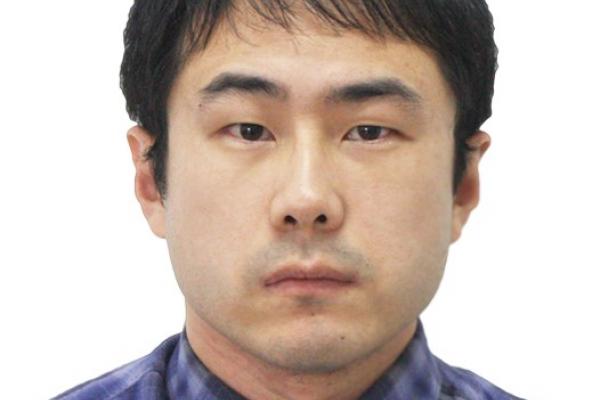
Reception at 1:15 pm
Abstract: Over the past few decades, the concept of topology has been widely applied to crystalline solids, giving rise to a variety of topological phases of matter. These topological phases of matter are usually characterized by some quantized topological indices of the electronic Bloch wavefunctions, which are defined in the reciprocal momentum space of the homogeneous bulk crystal. However, in realistic situations the bulk system is typically inhomogeneous. In systems with spontaneous symmetry breaking, for example, the inhomogeneity may be due to the formation of different domains with different local order parameters. The inhomogeneity may also be induced by applying strains and twists to the system. One famous example of the latter is twisted bilayer graphene, in which the twist generates a moiré pattern in real space. In this talk, I will discuss the interplay between nontrivial bulk band topology in momentum space and nontrivial real-space textures. I will first discuss the effects of magnetic domain walls in magnetic topological semimetals Mn3Sn and CeAlGe. In Mn3Sn I will show that there are Fermi-arc bound states localized at the domain wall, which have unique transport properties. In CeAlGe I will discuss a novel transport phenomenon in magnetic topological semimetals dubbed as``singular angular magnetoresistance”. Then I will discuss how nontrivial band topology can emerge in bilayer graphene with a twist. I will demonstrate that applying a twist is equivalent to exerting some opposite effective magnetic fields to the system. These opposite pseudo magnetic fields are coupled to two flavors of Dirac quasiparticles in bilayer graphene, and generate pseudo Landau levels of opposite Chern numbers.
